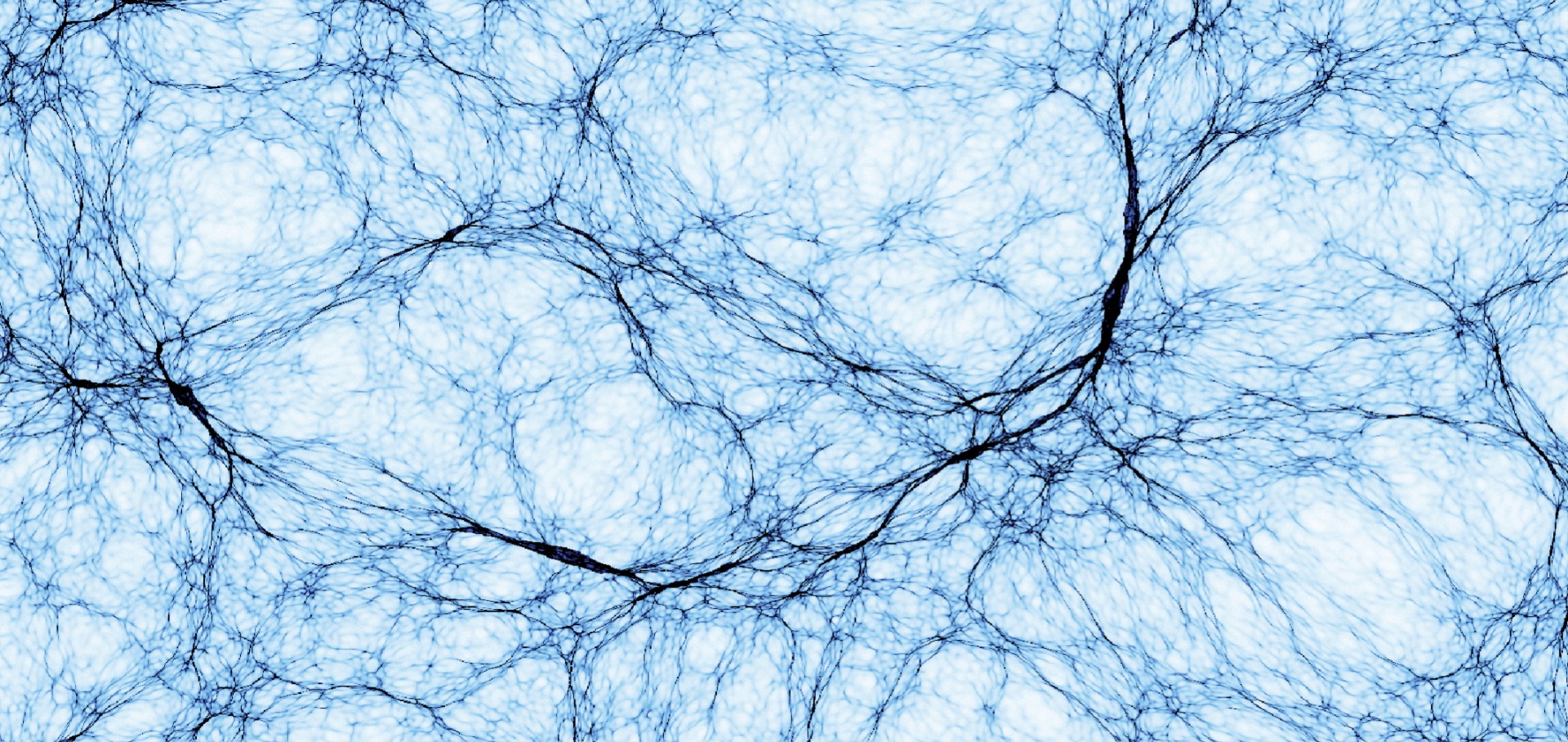Adaptive Critical Balance and Firehose Instability in an Expanding, Turbulent, Collisionless Plasma
The Astrophysical Journal Letters American Astronomical Society 922:2 (2021) L35-L35
Abstract:
Time-resolved turbulent dynamo in a laser plasma
Proceedings of the National Academy of Sciences National Academy of Sciences 118:11 (2021) e2015729118
Abstract:
Understanding magnetic-field generation and amplification in turbulent plasma is essential to account for observations of magnetic fields in the universe. A theoretical framework attributing the origin and sustainment of these fields to the so-called fluctuation dynamo was recently validated by experiments on laser facilities in low-magnetic-Prandtl-number plasmas (Pm<1). However, the same framework proposes that the fluctuation dynamo should operate differently when Pm≳1, the regime relevant to many astrophysical environments such as the intracluster medium of galaxy clusters. This paper reports an experiment that creates a laboratory Pm≳1 plasma dynamo. We provide a time-resolved characterization of the plasma’s evolution, measuring temperatures, densities, flow velocities, and magnetic fields, which allows us to explore various stages of the fluctuation dynamo’s operation on seed magnetic fields generated by the action of the Biermann-battery mechanism during the initial drive-laser target interaction. The magnetic energy in structures with characteristic scales close to the driving scale of the stochastic motions is found to increase by almost three orders of magnitude and saturate dynamically. It is shown that the initial growth of these fields occurs at a much greater rate than the turnover rate of the driving-scale stochastic motions. Our results point to the possibility that plasma turbulence produced by strong shear can generate fields more efficiently at the driving scale than anticipated by idealized magnetohydrodynamics (MHD) simulations of the nonhelical fluctuation dynamo; this finding could help explain the large-scale fields inferred from observations of astrophysical systems.Inefficient magnetic-field amplification in supersonic laser-plasma turbulence
Physical Review Letters American Physical Society 127 (2021) 175002
Abstract:
We report a laser-plasma experiment that was carried out at the LMJ-PETAL facility and realized the first magnetized, turbulent, supersonic plasma with a large magnetic Reynolds number ($\mathrm{Rm} \approx 45$) in the laboratory. Initial seed magnetic fields were amplified, but only moderately so, and did not become dynamically significant. A notable absence of magnetic energy at scales smaller than the outer scale of the turbulent cascade was also observed. Our results support the notion that moderately supersonic, low-magnetic-Prandtl-number plasma turbulence is inefficient at amplifying magnetic fields.Proton imaging of stochastic magnetic fields
Journal of Plasma Physics Cambridge University Press 83:6 (2017) 905830614
Abstract:
Recent laser-plasma experiments [1, 2, 3, 4] report the existence of dynamically significant magnetic fields, whose statistical characterisation is essential for a complete understanding of the physical processes these experiments are attempting to investigate. In this paper, we show how a proton imaging diagnostic can be used to determine a range of relevant magnetic field statistics, including the magnetic-energy spectrum. To achieve this goal, we explore the properties of an analytic relation between a stochastic magnetic field and the image-flux distribution created upon imaging that field. This ‘Kugland image-flux relation’ was previously derived [5] under simplifying assumptions typically valid in actual proton-imaging set-ups. We conclude that, as in the case of regular electromagnetic fields, features of the beam’s final image-flux distribution often display a universal character determined by a single, field-scale dependent parameter – the contrast parameter µ ≡ ds/MlB – which quantifies the relative size of the correlation length lB of the stochastic field, proton displacements ds due to magnetic deflections, and the image magnification M. For stochastic magnetic fields, we establish the existence of four contrast regimes – linear, nonlinear injective, caustic and diffusive – under which proton-flux images relate to their parent fields in a qualitatively distinct manner. As a consequence, it is demonstrated that in the linear or nonlinear injective regimes, the path-integrated magnetic field experienced by the beam can be extracted uniquely, as can the magnetic-energy spectrum under a further statistical assumption of isotropy. This is no longer the case in the caustic or diffusive regimes. We also discuss complications to the contrast-regime characterisation arising for inhomogeneous, multi-scale stochastic fields, which can encompass many contrast regimes, as well as limitations currently placed by experimental capabilities on one’s ability to extract magnetic field statistics. The results presented in this paper are of consequence in providing a comprehensive description of proton images of stochastic magnetic fields, with applications for improved analysis of individual proton-flux images, or for optimising implementation of proton-imaging diagnostics on future laser-plasma experiments.Suppression of pair beam instabilities in a laboratory analogue of blazar pair cascades
Proceedings of the National Academy of Sciences National Academy of Sciences 122:45 (2025) e2513365122


